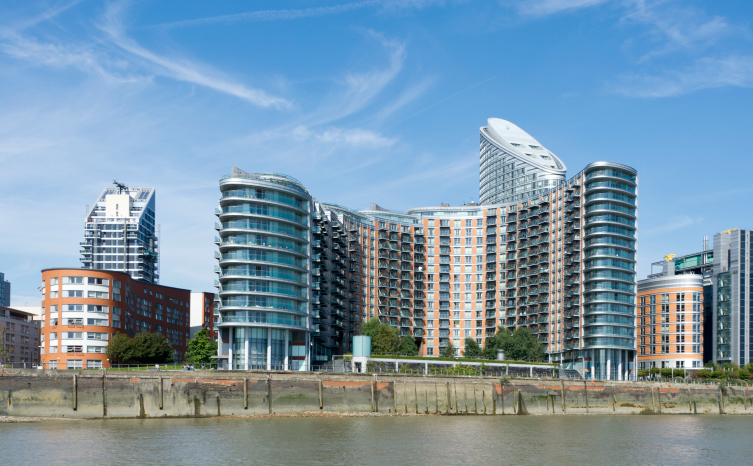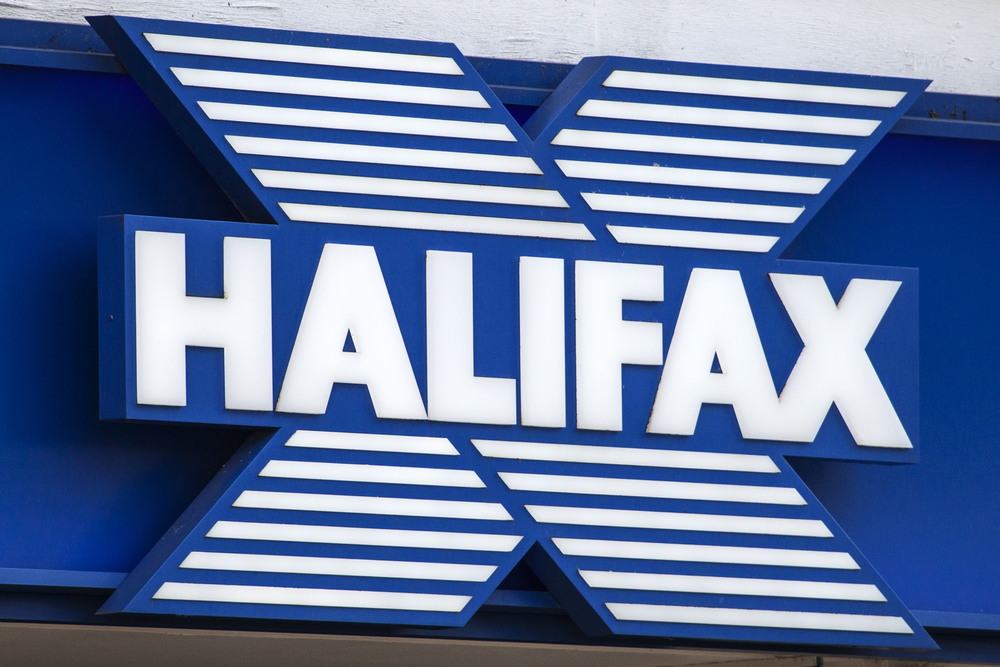
Average rents in prime central London increased by 1% in the year to October, which was the lowest rate of growth since July 2021, more than three years.
The data from Knight Frank shows that lower rental value growth has been caused by rising supply since the pandemic, where an active sales market, driven by a 14-month stamp duty holiday, meant more owners capitalised on buoyant conditions by selling.
The number of rental listings in prime central and outer London in the year to October was 21% higher than the previous 12-month period, Rightmove data shows.
However, the Renter’s Rights Bill is going through Parliament, which Knight Frank says could unintentionally push them higher by decreasing supply.
It says: “The bill includes proposals designed to tip the balance of power from landlords to tenants, which means it may become harder to evict tenants and risks could increase around rental income. That is in addition to a series of tougher green regulations.”
Last month’s Budget could also change calculations for landlords with stamp duty for second homes being raised to 5% from 3%.
Knight Frank suggests that this, combined with the impact of the Renter’s Rights Bill, further increases the risk of higher rents.
In the Budget, capital gains tax (CGT) was unchanged for residential property, which keeps exit costs in check and overall.
Knight Frank believes the positive impact from an unchanged rate of CGT is likely to outweigh the drawbacks of higher stamp duty.
Another factor is the victory for President Donald Trump last week, which the real estate consultancy says may increase upwards pressure on borrowing costs in the short-term despite the rate cut by the Bank of England to 4.75% from 5%.
Elsewhere, tenant demand could increase as a result of other measures announced in the Budget.
These measures include tighter rules around non doms, combined with a top marginal rate of stamp duty that is now 19%.
In addition, Knight Frank suggests first-time buyers could explore the rental option as stamp duty bills will rise by up to £6,250 as a result of the nil rate bands reverting to previous levels from next April.



